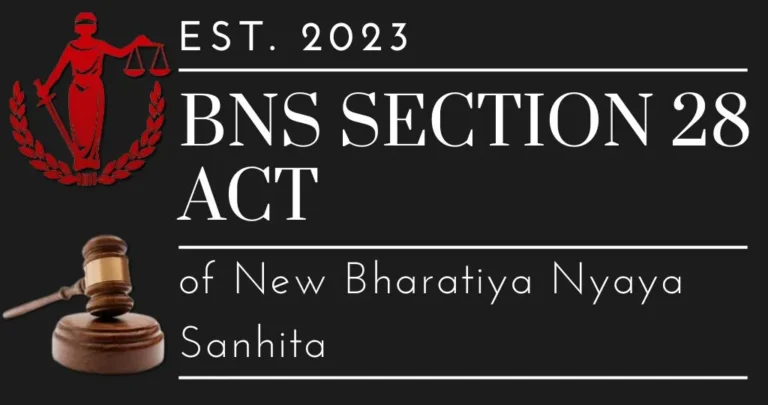
Section 13 Stringent Measures for Previous Convictions in Bhartiya Nyaya Sanhita 2023
Understanding the Provision
The law provides that if a person is already convicted of an offence under certain chapters—Chapter X or Chapter XVII—and such an offence was punishable by three years or more in prison, then any subsequent offence of the same kind under these chapters will be dealt with severely. In other words, if one is already a habitual offender, the law does not take the second error lightly. For each subsequent offence, the penalty can be as harsh as life imprisonment or a prison term that can go up to ten years. This provision is intended to deter serial serious offenders and to punish them more harshly than first-time offenders.
Explanation in Simple Language
Consider a student who keeps violating school rules. The teacher may give a warning or a light punishment the first time. But if the student keeps violating the rules, the teacher will impose more severe measures. In the same way, this law is a warning to criminals: if you commit a serious crime again after already being punished, the punishment is much more severe. This gradual increase in punishment is meant to safeguard society by deterring repeat crimes.
For More Updates & Regular Notes Join Our Whats App Group (https://chat.whatsapp.com/DkucckgAEJbCtXwXr2yIt0) and Telegram Group ( https://t.me/legalmaestroeducators )
For More Updates & Regular Notes Join Our Whats App Group (https://chat.whatsapp.com/DkucckgAEJbCtXwXr2yIt0) and Telegram Group ( https://t.me/legalmaestroeducators ) contact@legalmaestros.com.
Illustrative Examples
Let us take an example of a person who has been found guilty of a grave offence—let’s say, an offense that causes grievous hurt—and is given a three-year prison sentence. When the same individual commits the same kind of offense after finishing that term, the law does not permit a mere repeat of the previous punishment. In turn, the perpetrator has the option to either spend life in jail or be sent for a minimum sentence of ten years. Consider it as a game where there are different rules if you make two mistakes so that it will become almost impossible to escape continued bad behavior.
A further illustration could be seen through a simple graph. Consider a staircase where every step is an offence. The initial step may result in a relatively light penalty, but every next step—the second, third, and so forth—results in a significantly higher degree of punishment. This staircase is intended to illustrate how the legal system ratchets up its response in order to deter repeated offending.
Additional Details and Context
Recent debates in legal circles and media reports bring to the fore that this provision is a part of an overall attempt to strengthen and modernize India’s criminal justice system. Experts contend that these steps will not only punish repeat offenders but also act as a deterrent for those who would think twice before committing serious crimes more than once. The emphasis is on establishing a law which is just but firm, ensuring that justice is meted out while safeguarding the rights of the people. Though elaborate analysis and implementation plans are still underway, the increased punishment rule is viewed as an essential step towards recidivism reduction and strengthening public security. Current discussion by legal experts and media reports have further highlighted that the explicit codification of repeated offenses under particular chapters will assist judges and law enforcers in applying the law more uniformly.






